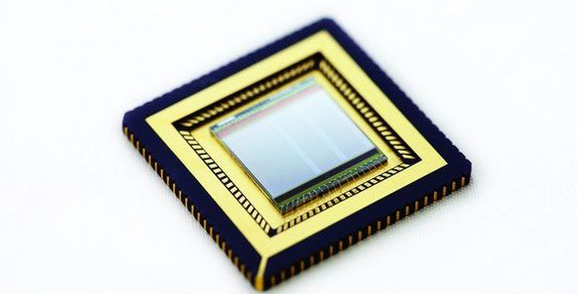China Instrument Network Instrument Development Recently, scientists from the Photonic Science Research Institute (ICFO) have developed a new image processing chip. 

The image processing chip enables the digital camera to successfully capture images from the infrared/ultraviolet and visible light areas for the first time with the aid of a new nanographene and quantum dot mixing technology. ICFO researchers use metal, PbS gel mass sub-points (CQD). The semiconductor material is disposed on a single layer of graphene and is placed on a CMOS wafer using this hybrid system, connected to an image processing chip package unit and a read circuit.
In this way, the team succeeded in producing a high-resolution image sensor capable of sensing a wide range of spectral wavelengths at the same time, from ultraviolet rays at a wavelength of 300 nanometers to infrared rays at a wavelength of 2000 nanometers, and completely covering the visible light range.
According to researcher co-author Gerasimos Konstantatos, “We have successfully extended QD technology to the near-infrared spectrum (1100-1900 nm), which allows our passive night vision technology to detect and display the atmosphere of a clear night sky at the same time.â€
This achievement shows the possibility of high-sensitivity, low-cost far-infrared new image sensors at room temperature, and has a huge market prospect. This study was published in the latest issue of Nature Optics.
(Original title: Preparation of super-spectral spectral range image sensors using graphene/quantum dot hybrid technology)